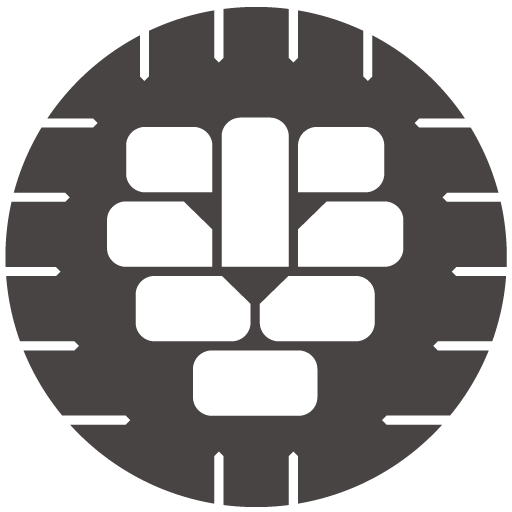
Why do I need market research?
WHAT IS A MARKET RESEARCH?
Market research has developed exponentially over the years, thanks to the rise of social media and mobile devices. Basically, market research contains the action or activity of gathering information about customers’ needs and preferences. It has become easier and faster for researchers to reach out to more people than ever. This has led to more generated insights and a more comprehensive understanding of nowadays customers. On the downside, market research companies became more intrusive, leading to breaches in privacy and manipulation of public opinion. Could you imagine what will happen in the next decade? Will new trends in market research emerge for the better or worse? We’re witnessing glimpses of what to expect in the next decade, both exciting and scary.
WHY SHOULD I CONDUCT MARKET RESEARCH?
Market research helps you comprehend the demands of your customers, detect more business opportunities, plan the perfect marketing campaign, minimise loss, and keep track of your competition. It allows you to classify your objectives while following the current trends. Whilst taking advantage by reaching out to your target audience. Identifying problems before they happen is crucial if you want to grow. Effective market research will not only allow you predict some of the challenges that can occur but also it will verify market needs. Improve your company offering and customer experience. Your solution might seem to be a proper market fit, but if it’s not the case, you’re in great trouble. The process of market research is designed to reduce the risk and to make your marketing strategy cost-effective for your business.
from what we think to what we know!
the four market research metrics
1. basic Market research data
In conducting your market research, you will collect two types of data: primary and secondary. Primary data is data that comes directly from the source: potential customers. You can compile this information via surveys, focus groups and other methods. Secondary data involves collecting statistics, reports, studies and other data from companies such as government agencies, branch associations and your local chamber of commerce.


2. Conclude if your value proposition is unique
Your proposition describes why others should use your company products or services and not the competition. A particularly useful data collection method in this area is the use of focus groups. Get some groups of potential clients together and tell them about your ideas. Tell them how your ideas are unique. Tell them how you would want your program to be seen (it’s positioning). And most importantly ask them what they think.
3. Conclude if YOUR product meets YOUR customer needs
How can you develop a product with the features and benefits to meet that unmet need? How can you ensure that you have the capacity to continue to meet the demand? This is where customer focus groups can really be of value. Conduct some customer focus groups, including asking them about their preferences, unmet needs and how those needs might be met. Run your ideas past them. Don’t forget to ask them what they would need to use your services and what they would pay for them. One of the best ways to make this conclusion is to conduct an evaluation. An evaluation often includes the use of various data collection methods. For example; observing and interviewing clients. Developing white papers or conducting a product field test, or pilot.


4. CONCLUDE IF YOUR ADVERTISING AND PROMOTIONS STRATEGIES ARE EFFECTIVE
One of the best ways to collect these insights is to evaluate the results of your advertising. This could include the use of several data collection methods among your customers. Including observing and interviewing customers. Administrating questionnaires with your customers and if possible even developing case studies or ghost blogs.
“
THIS IS HOW WE WORK
Turn ideas into action! Be A Legend makes sophisticated research simple. We help you identify your opportunities to serve various groups of customers. Be A Legend does this by examining the size of the market and how many people might have an unmet need. We help to determine the best methods to meet the unmet needs of your target markets. Last but not least we clarify your unique value proposition.
